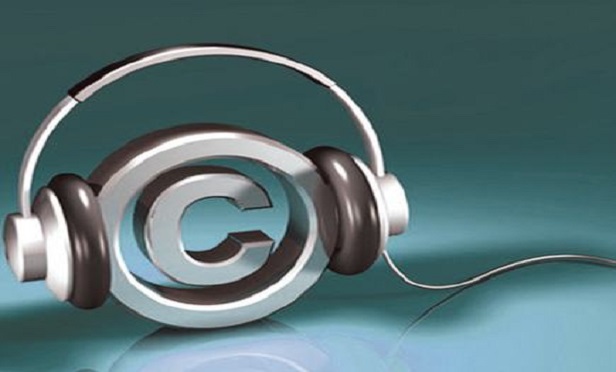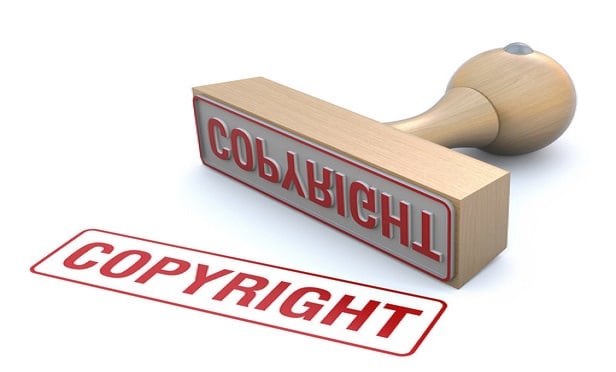Features

Music Publishing and Recording Rates and Royalties 2023: Past, Present and Future
Part Two of a Two-Part Article In the United States and in most foreign countries, the "performance right" is one of the most important rights of copyright and, in many cases, the most lucrative. In the United States, there is no statutory license under the Copyright Act for this right. Songwriters, composers, lyricists (jointly "writers") and music publishers join these organizations, which in turn negotiate licenses with the users of music, collect the license fees from those users and distribute the monies to writers and publishers based on surveys of performances, specific payment schedules and distribution rules, as well as other factors.
Features

11th Circuit Joins Controversy Among Circuits on Copyright Damages Look Back
The federal appellate court in Atlanta, GA, in a case of first impression "that has divided our sister courts" over the U.S. Copyright Act's §507(b) statute of limitations on recovering damages beyond three years of a copyright lawsuit filing, just added to that division.
Features

Music Rates and Royalties 2023: Past, Present and Future
Part One of a Two Part Article Analysis of the most important music rate and royalty areas, both past, present and future and how and by whom they are set or determined as well as the effect that legislation, litigation, the Copyright Royalty Board and the Department of Justice have had on the process.
Features

Getty Images' Suit Over AI Generator
The magical world of AI-generated art has become more mainstream over the past few months. There has also been some backlash against the industry, including brewing class action lawsuits alleging copyright violations and resistance from online artist communities. But until recently, a substantial legal threat was yet to emerge against the technology that underpins artificial-intelligence art.
Features

Handling IP Ownership Issues In Remote Work
Even with legal assumptions that certain intellectual property rights in works created by employees are owned by the employer, these should not be relied upon exclusively. A well-drafted employee-agreement form is increasingly essential in light of the explosive growth of remote and flexible work arrangements.
Features

Music Rates and Royalties In 2023
Part One of a Two Part Article A look at the most important music rate and royalty areas, both past, present and future and how and by whom they are set or determined as well as the effect that legislation, litigation, the Copyright Royalty Board and the Department of Justice have had on the process.
Features

The Difference Between 'Covenant' and 'Condition Precedent' In Song Licensing Agreements
A question of law arose for a District Judge when a songwriter sued YouTube, claiming she never approved licensing her works to YouTube — whether the administration agreement's notice-and-consent clause was a condition precedent to the administrator's ability to license the songwriter's songs.
Features

Fair Use of Embedded Content on Social Media
The change in character of social media, from purely social communication to a mixture of the social and commercial, has had knock-on effects for courts applying traditional legal principles, notably, the application of copyright law.
Features

What Is the Difference Between 'Covenant' and 'Condition Precedent' In Song Administration Agreement?
A question of law arose for a District Judge when a songwriter sued YouTube, claiming she never approved licensing her works to YouTube — whether the administration agreement's notice-and-consent clause was a condition precedent to the administrator's ability to license the songwriter's songs.
Features

Copyright Claims Board: Now Entering the "Active Phase"
2023 is shaping up to be a big year for small claims. Since making its debut in June of 2022, the Copyright Claims Board (CCB) has received over 250 claims, and at least 11 have made it to the "active phase," with more on the way. Active phase means a respondent was served, failed to "opt out," and now the esteemed three-member tribunal of copyright experts may finally get a chance to make some rulings.
Need Help?
- Prefer an IP authenticated environment? Request a transition or call 800-756-8993.
- Need other assistance? email Customer Service or call 1-877-256-2472.
MOST POPULAR STORIES
- Use of Deferred Prosecution Agreements In White Collar InvestigationsThis article discusses the practical and policy reasons for the use of DPAs and NPAs in white-collar criminal investigations, and considers the NDAA's new reporting provision and its relationship with other efforts to enhance transparency in DOJ decision-making.Read More ›
- The DOJ's Corporate Enforcement Policy: One Year LaterThe DOJ's Criminal Division issued three declinations since the issuance of the revised CEP a year ago. Review of these cases gives insight into DOJ's implementation of the new policy in practice.Read More ›
- The DOJ's New Parameters for Evaluating Corporate Compliance ProgramsThe parameters set forth in the DOJ's memorandum have implications not only for the government's evaluation of compliance programs in the context of criminal charging decisions, but also for how defense counsel structure their conference-room advocacy seeking declinations or lesser sanctions in both criminal and civil investigations.Read More ›
- Don't Sleep On Prohibitions on the Assignability of LeasesAttorneys advising commercial tenants on commercial lease documents should not sleep on prohibitions or other limitations on their client's rights to assign or transfer their interests in the leasehold estate. Assignment and transfer provisions are just as important as the base rent or any default clauses, especially in the era where tenants are searching for increased flexibility to maneuver in the hybrid working environment where the future of in-person use of real estate remains unclear.Read More ›
- Developments in Distressed LendingRecently, in two separate cases, secured lenders have received, as part of their adequate protection package, the right to obtain principal paydowns during a bankruptcy case.Read More ›
